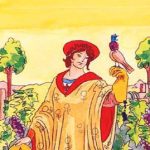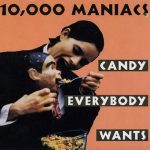Dawn Dorland, an author and writing teacher, is distinguished for her empathy and
kind-heartedness. But there’s a reason why this is known. Promoting her altruism on
Facebook, Dorland posted about her admirable kidney donation to a stranger. Eight years
prior, Dorland became friends with Sonya Larson, a short fiction writer, at various writing
workshops at the GrubStreet writing center in Boston. Dorland heard that Larson was
writing a short story about her donation, but was surprised given she rarely interacted with
her posts. “I hope it doesn’t feel too weird for your gift to have inspired works of art,”
Larson writes to Dorland.
Larson’s short fiction, “The Kindest”, features a white, wealthy, and privileged kidney
donor named Rose who seeks validation and recognition for her acts of ill-intentioned
kindness that hide her true narcissism. Chuntao, the Chinese recipient, refused to worship
her and feed into her “white savior” narrative. The piece highlights white elitist attitudes
and the bravery people of color must exude to terminate their privilege. Larson’s character
Rose exhibited distinct similarities to Dorland, portraying Dorland as conceited in her
altruistic efforts. In the short story, Larson included a letter from Rose to Chuntao that
undeniably resembled Dorland’s Facebook announcement. Did Larson’s use of that letter
violate copyright law?
Dorland began contacting Larson’s employers, publishers, and scholarship
organizations to inform them of Larson’s plagiarism, which is considered to be a mortal sin
in the writing industry. Dorland hired a lawyer to address the issue, leading her and Larson
into an ongoing legal dispute for years until Larson took Dorland to federal court. Larson
argued that all artwork is inspired by life and you cannot restrict one’s freedom of
expression. Siding with Dorland would open up a rabbithole of unreasonable violations that
would require consent for being an inspiration for someone’s artwork. Another strategy
was to argue Larson’s incorporation of snippets of Dorland’s letter qualified as
“transformative use” and not plagiarism. She ultimately felt that Dorland’s legal and
personal actions were racially motivated as she sought to take credit for a minority’s
success, further perpetuating the white savior narrative. However, Dorland remained
steadfast in pursuing the angle that Larson committed copyright infringement by stealing
her intellectual property and using it as defamation.
There’s nothing like a good villain story. But who’s the real villain here? Who is the
bad art friend? Both women made assumptions about each other that turned out to be
untrue. Do Dorland and Larson really know each other? They met in passing almost a
decade ago and interact only through insincere and impersonal likes on social media and
periodically in a writers’ forum. In regards to their early life, both Dorland and Larson felt
like outsiders and were stigmatized.
Dorland faced much adversity in her childhood and young adult years. She was
raised as a white girl in poverty in rural Iowa where she and her family faced intense
judgment. Because of this, her parents, who rarely showed affection, moved around a lot,
but attempted to maintain an air of self-reliance in the face of instability. She managed to
move out of Iowa with a scholarship to divinity school at Harvard.
Larson, the daughter of a Chinese mother and white father, grew up in a
predominantly white, middle-class neighborhood in Minnesota where she was ostracized
for being mixed-race. As a result, Larson pursued topics like racial dynamics and mixed
cultures in her writing classes at the University of Wisconsin-Madison and GrubStreet
where she taught and volunteered.
Unaware of each other’s backgrounds, Dorland and Larson make assumptions about
each other when they are quite similar. Larson wrongly assumed that Dorland abused her
white privilege to judge and discredit a woman of color yet Dorland herself was stigmatized
as a child due to her impoverished status. Perhaps Larson subconsciously projected her
childhood trauma and bias onto Dorland who experienced similar ostracism. On the other
hand, it’s possible that Dorland was envious and resentful of Larson for her literary success
as Larson hit it big in the writing world; her short fiction was published in Best American
Short Stories and elsewhere and was the de facto leader of a group of published writers
called the Chunky Monkeys, whereas Dorland remains a writing teacher and has yet to be
published. Dorland’s criticisms suggest that she is unsympathetic towards minority
struggles, leading Larson to believe she is extensively privileged.
So, the moral of the story? Both of these women are bad art friends, but neither one
of them are villains. As humans, we constantly have inherent biases and preconceived
notions that may wrongly project onto others. It’s important that we stay aware that our
neighbors have personal struggles we are ignorant to, and dynamic backgrounds that are
hidden behind their possibly jaded facades. Whatever lens you use to analyze these
frenemies, there’s no clear winner or loser in this case; these are two women with vastly
different perspectives despite their similar history, but are not mature enough to move past
it.
Guest Writer Bio
My name is Sofia Principe and I am a senior at Leonia High School in Leonia, New Jersey.
I work with Ms. Andreu every Friday as part of my school externship. My interests include
reading, writing, and history, and I am also a competitive swimmer. It’s an honor to work
with Ms. Andreu and look forward to an amazing year!
Link to original New York Times article:
https://www.nytimes.com/2021/10/05/magazine/dorland-v-larson.html





